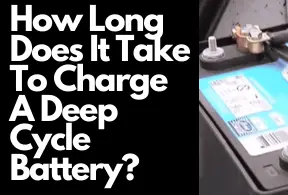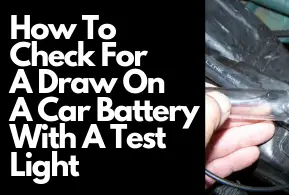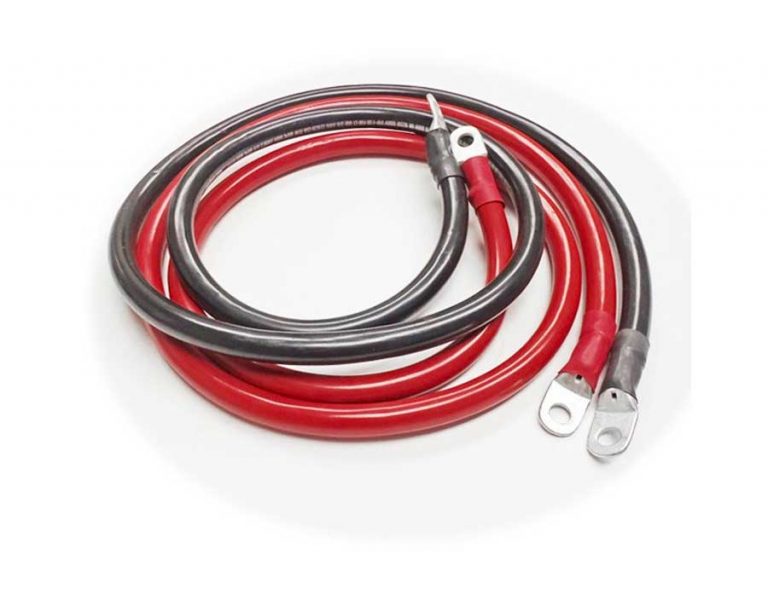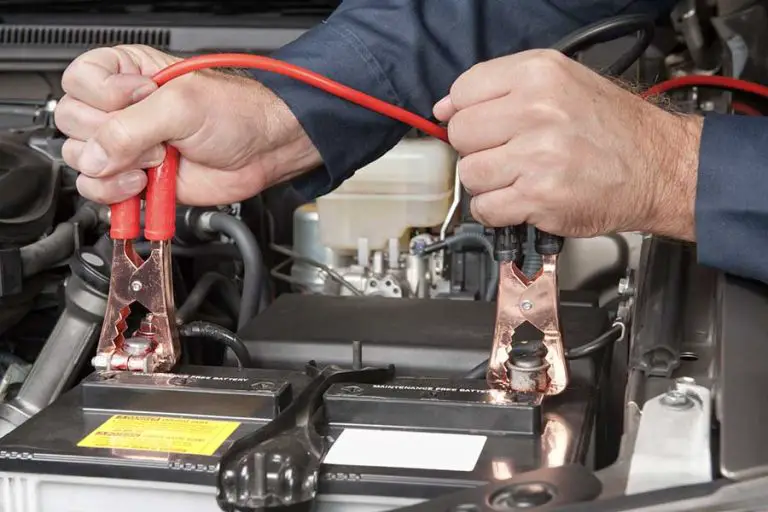How Long Does It Take To Desulfate A Battery
The process of desulfation involves reversing sulfation in a battery. The lead plates of the battery are dissolved using multiple methods in order to dissolve the crystals on them. It is a process carried out to try and restore the capacity of a lead-acid battery lost due to sulfation. This procedure also enables dead cells to breathe a new lease of life through this battery operation. In other words, the process eliminates battery sulfation.
How long does it take to Desulfate a Battery
The process of desulfating your battery may take 48 hours or more, or even a couple of weeks if extreme sulfation has occurred. When the sulfation condition on a common car battery is not too severe, the reconditioning process will be streamlined considerably. In some cases, the battery can desulfate in a few hours after using a good 12v smart charger.
Desulfation may take a day or even two days if the sulfation is particularly heavy. Due to the trickle charge property, it will only require a few charges to restore its functioning. When desulfating a battery, the time that it will take to complete the process will vary depending on a variety of factors:
- It would depend upon the amount of sulfation that occurred in a battery, the size of the battery and the method you have chosen to desulfate the battery.
- The process of desulfating your battery may not start working immediately if you use sea salt or soda. Battery revival takes several weeks when sea salts are used.
- It is necessary to discharge the battery and recharge it again if the required voltage reading is not achieved after the recharge.
- It may take time for all the sulfation to be reversed when desulfation occurs.
- The battery condition will usually return over time after the battery has been reversed.
- There are also numerous factors to consider, including the condition of the battery, the amount of sulfation, and how the battery is desulfated.
Battery Desulfators Benefits
The following are the three main benefits of desulfating a battery:
Long Lasting battery:
A desulfated battery lasts longer. The longer a battery lasts, the less money you have to spend on new batteries. Replacing batteries can get expensive, especially if you have to replace six or eight batteries as in a solar energy setup.
Performance:
Batteries that have been desulfated are stronger. The electrical system is able to run more efficiently and more consistently with a strong battery. Desulfated batteries provide greater power and consistency across a wide range of applications, from boats to cars to trucks to lawnmowers, without compromising the intended purpose.
Use of Desulfator:
By using a desulfator, you can dissolve the sulfur accumulating in your battery. During this process, current passes through the sulfate buildup. The build up then drops into the battery acid and dissolves. Battery damage does not occur during this process.
Different ways to desulfate lead-acid batteries
Listed below are three methods which experts recommend using to desulfate car batteries.
Using Epsom salt to Desulfate:
Among the three methods, this one is particularly effective and reliable for desulfating batteries. Epsom salt is the primary medium used in this desulfation process. As a result, Epsom salt is considered a rechargeable battery cleanser because it can eliminate the buildup of sulfate within the battery.
As part of this method, the operation is conducted with Epsom salt solution in order to try improving the skin. In this method, Epsom salt is dissolved in enough water to make the solution, then poured into a battery that needs reconditioning.
Reconditioning batteries by Desulfating:
Desulfating a lead-acid battery with a battery reconditioner or desulfator is considered the conventional method of desulfurization. It is a method where the device generates pulses with high-frequency and uses them to remove the sulfate buildups on the battery plates. Sulfate crystals are dropped into the electrolyte in order to open the plates so power can be stored.
The Chemical Method of Desulfating:
Desulfating with chemicals is also another option to desulfate batteries. It is a process that uses an agent to desulfate. The user will need to simply drop the chemical agent on the battery and then let it work. However, there is also an argument that this method might not be valid, despite some claiming that it is effective.
People Might ask
| Is it worth desulfating a battery? The desulfator breaks down the sulfates that have accumulated in your battery over time by applying voltage or high-frequency pulses. The electricity loosens and disperses the sulfates, which are then dissolved back into the acid. It can be beneficial to use a desulfator when you want to recharge your batteries and to save money in the long run. |
| What is the proper way to Desulfate a lead acid battery? First remove the caps from the batteries. Now add some Epsom salt to some warm distilled water to make Magnesium Sulfate. Make sure you inject your solution into each cell with a special syringe or tiny funnel. |
| What are the signs of a sulfated battery? The most common signs of a sulfated battery are that the battery cannot hold a charge or cannot hold any charge at all. In addition to a short or a low battery, there may be electronic devices that are not getting enough power or that the battery goes dead very unexpectedly. |
Conclusion:
In order to desulfate a battery you need a desulfator that is efficient, as well as measurements of how much sulfate has formed on it. Make sure to keep your battery charged until you notice an improvement. Depending on the severity of the case, the process may take more than a week.
Moreover, depending on the size of the battery, the desulfation process can take from 48 hours or weeks to complete. Also, during this time, the lead sulfur in the solution is slowly being reduced by trickle charging the battery. Our last discussion focused on the benefits and methods of desulfurizing batteries.






